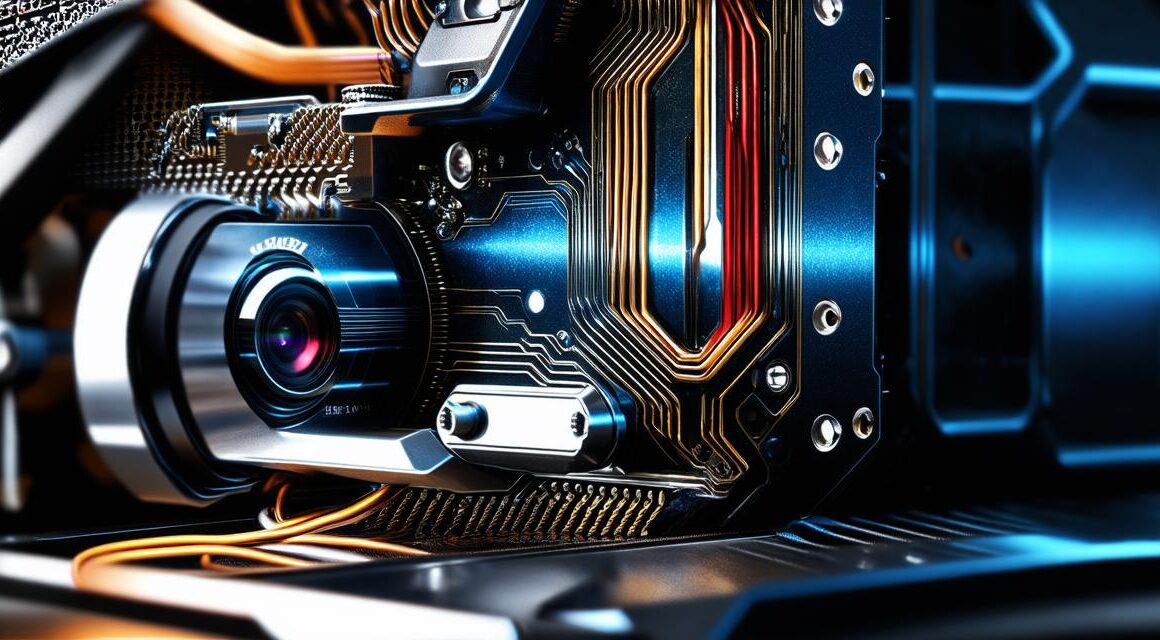Are you looking for a way to enhance your Unity 3D game’s visuals? Look no further than camera scripts! In this article, we will explore the power of camera scripts and how they can help you elevate your game’s visuals. We will cover everything from basic camera movements to advanced techniques such as depth of field and post-processing effects. So sit back, grab a cup of coffee, and let’s get started!
Why Camera Scripts Matter?
Before we dive into the world of camera scripts, it’s important to understand why they matter. The camera is one of the most critical elements in any game, as it determines how players experience the world you’ve created. A well-designed camera can make a game feel more immersive and engaging, while a poorly designed camera can make players feel disconnected and frustrated.
Camera scripts are essential tools for Unity 3D developers because they allow us to program the behavior of the camera in our games. With camera scripts, we can create custom camera movements, add depth of field effects, and even apply post-processing filters to enhance the overall look and feel of our games. The possibilities are endless!
Basic Camera Movements
Now that we’ve established the importance of camera scripts let’s take a look at some basic camera movements. Unity 3D provides several built-in camera components that we can use to create smooth, fluid camera movements. These include:
- Follow Camera: The follow camera is a simple but effective tool for tracking a target object in your scene. It’s ideal for games where the player character needs to stay close to an important object, such as a treasure chest or enemy.
- Free Look Camera: The free look camera allows players to look around the scene freely, giving them a greater sense of control and immersion. It’s ideal for games that require players to explore the environment and discover hidden secrets.
- Dolly Camera: The dolly camera is used to create smooth, gliding movements along a specific path. It’s ideal for creating cinematic shots or establishing shots of the environment.
These are just a few examples of the many camera movements available in Unity 3D. With a little creativity and some scripting, the possibilities are endless!
Advanced Camera Techniques
In addition to basic camera movements, Unity 3D also provides a variety of advanced camera techniques that we can use to elevate our game’s visuals. These include:
- Depth of Field: Depth of field is a technique that allows us to blur the background and foreground of a scene, drawing attention to the subject in the center of the screen. It’s ideal for creating a sense of depth and realism in your game.
- Post-Processing Effects: Post-processing effects are used to enhance the overall look and feel of a scene. They include techniques such as color grading, bloom, and vignette. These effects can be applied to individual cameras or to the entire scene, depending on your needs.
- Camera Lens Filters: Camera lens filters are used to simulate different types of lenses, such as wide-angle or telephoto lenses. They can be used to create a unique look and feel for your game, and to add depth and interest to your visuals.

By combining these advanced camera techniques with basic camera movements, we can create truly immersive and engaging games that delight players and keep them coming back for more.
Case Studies
Now let’s take a look at some real-life examples of how camera scripts have been used to elevate games’ visuals. One such example is the popular game “The Witcher 3: Wild Hunt.” The developers used a variety of advanced camera techniques, including depth of field and post-processing effects, to create a rich, detailed world that felt alive and immersive.
Another example is the game “Red Dead Redemption 2.” The developers used a combination of dolly and crane shots to create a sense of scale and grandeur in the game’s vast open world.



